Poker, a game of skill, strategy, and subtle deception, often draws players into an exhilarating dance of highs and lows. However, amidst the allure of the game, players can sometimes find themselves caught in the trap of overplaying. Overplaying in poker is not just about playing too many hands; it’s about pushing the limits of strategy and risk beyond the brink of prudence. Recognizing when you are overextending yourself at the poker table is essential for maintaining your bankroll and enhancing your long-term success. In this article, we explore the cautionary indicators of overplaying and highlight the top five signs that may reveal when you are taking unnecessary risks.
Recognizing Overplay: Poker’s Cautionary Indicators
In poker, the thin line between strategic aggression and reckless overplay can often become blurred. Savvy players understand the importance of identifying the subtle signs that indicate they may be overextending themselves. Recognizing these indicators not only helps in maintaining a disciplined approach but also in avoiding costly mistakes that could lead to significant financial losses. Key indicators of overplay often manifest in the form of impulsive decision-making and a departure from one’s prepared strategy.
One of the primary indicators of overplay is the frequent engagement in hands that should otherwise be folded. Players who find themselves entering pots with marginal hands or consistently calling raises when the odds are not in their favor are likely overplaying their position. This behavior often stems from a desire to take control of the game or outmaneuver opponents through sheer volume of play, rather than calculated strategy. The impatience to act can lead to a cascade of errors, culminating in a diminished chip stack.
Another cautionary indicator is emotional escalation, where players allow emotions such as anger, frustration, or excitement to dictate their actions. This emotional turbulence can cause rational decision-making to take a backseat, leading players to chase losses or bluff excessively in an attempt to recover control of the game. Recognizing when one’s emotional state is clouding judgment is vital, as it serves as a crucial checkpoint to regain composure and reassess strategy before further damage is done.
Top 5 Signs You’re Overextending at the Poker Table
Firstly, one clear sign of overextending is the consistent increase in stakes played, without a corresponding increase in skill level or preparation. Many players fall into the trap of chasing higher stakes for quick wins, ignoring the reality that higher stakes also come with heightened competition and risk. This leap often results in players confronting seasoned opponents, leading to rapid losses that could have been avoided.
Secondly, repeatedly finding oneself “pot committed” is another telltale sign. Players who frequently find themselves in situations where they feel obligated to continue betting due to the amount already invested in the pot are likely overextending. This commitment often arises from a failure to fold early in the hand when the prospects of winning were still bleak. Recognizing this pattern is crucial in adopting a more disciplined approach to hand selection and investment.
Moreover, an evident lack of willingness to fold bluffs when they are not working can indicate overextension. Skilled poker players know when a bluff is unlikely to succeed and have the discipline to cut their losses. However, those who persist with bluffs in the face of strong resistance are often acting out of desperation rather than logic. This behavior can quickly lead to being outmaneuvered by opponents who sniff out the bluff, resulting in considerable chip losses.
Additionally, an unhealthy focus on recouping losses rather than playing strategically is a significant sign of overextension. Players may become fixated on recovering lost funds, entering hands with an emotional rather than strategic mindset. This tunnel vision can make players predictable and prone to further losses. Successful poker players are those who can detach from previous outcomes and approach each hand as a new strategic challenge.
Finally, ignoring bankroll management principles is a surefire sign of overextending at the poker table. Players who disregard their limits, spending beyond their means or dipping into funds designated for other purposes, are setting themselves up for financial and psychological distress. Adhering to strict bankroll management is crucial in ensuring longevity and sustainability in the game, allowing players to weather the inevitable swings of poker without catastrophic losses.
Overplaying can be a subtle yet pervasive pitfall in the game of poker, often masquerading as confidence or moxie. However, recognizing the signs of overextension is vital for any player aiming to refine their game and achieve long-term success. By understanding the cautionary indicators and acknowledging the top signs of overplaying, players can recalibrate their strategies and avoid unnecessary risks. Ultimately, maintaining a disciplined and strategic approach serves as the cornerstone for thriving at the poker table, making the game both enjoyable and rewarding.


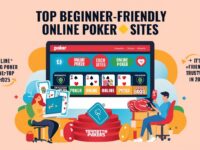

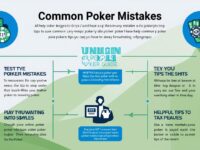
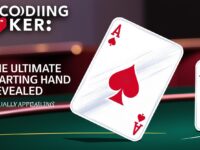

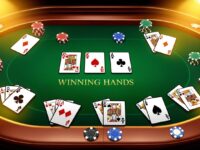
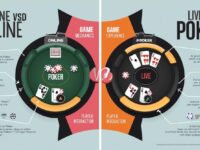


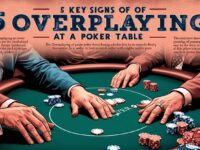
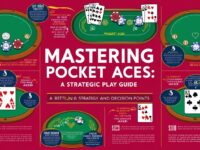
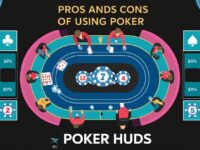




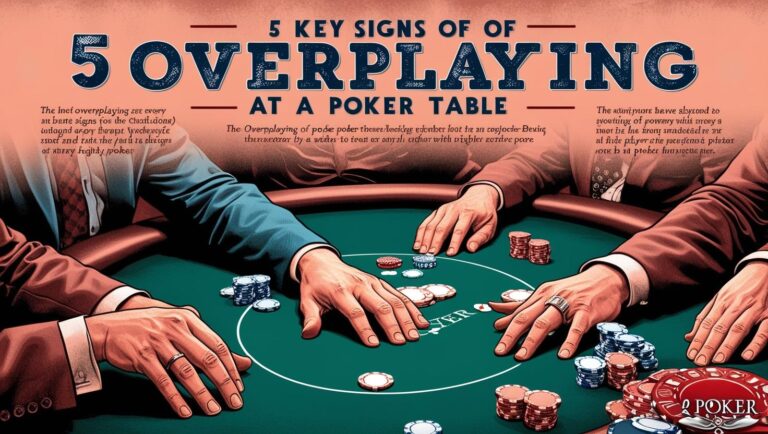
0 Comments